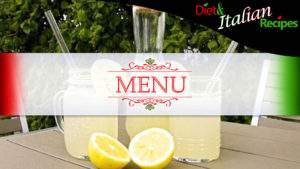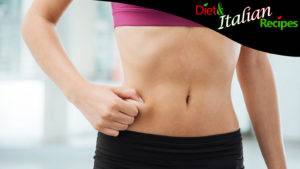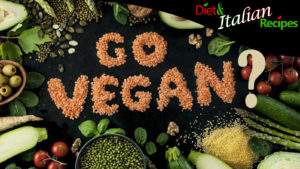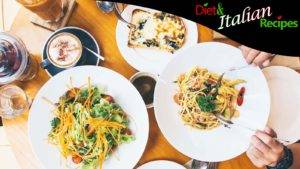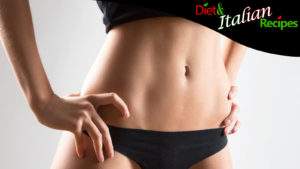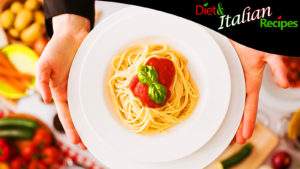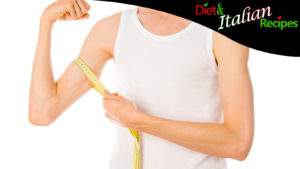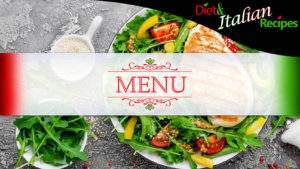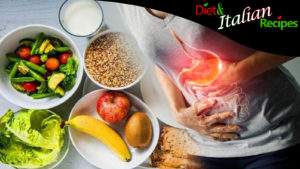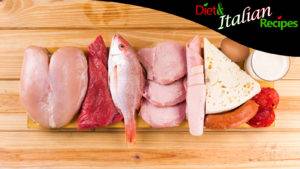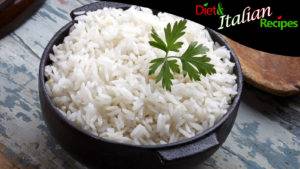The low-sodium diet, which is a diet low in sodium, raises the question of what to eat: what are low-sodium foods? The low-sodium kitchen involves the use of low-sodium foods, which are all foods recommended for a low-salt and therefore low-sodium diet. We will see an example of a low-sodium diet to better understand how it works and what to eat, even in the case of a low-calorie and low-sodium diet. Few calories, little salt in the kitchen, and nutrition become more of a treatment. It is important to know what not to eat in a low-sodium diet.
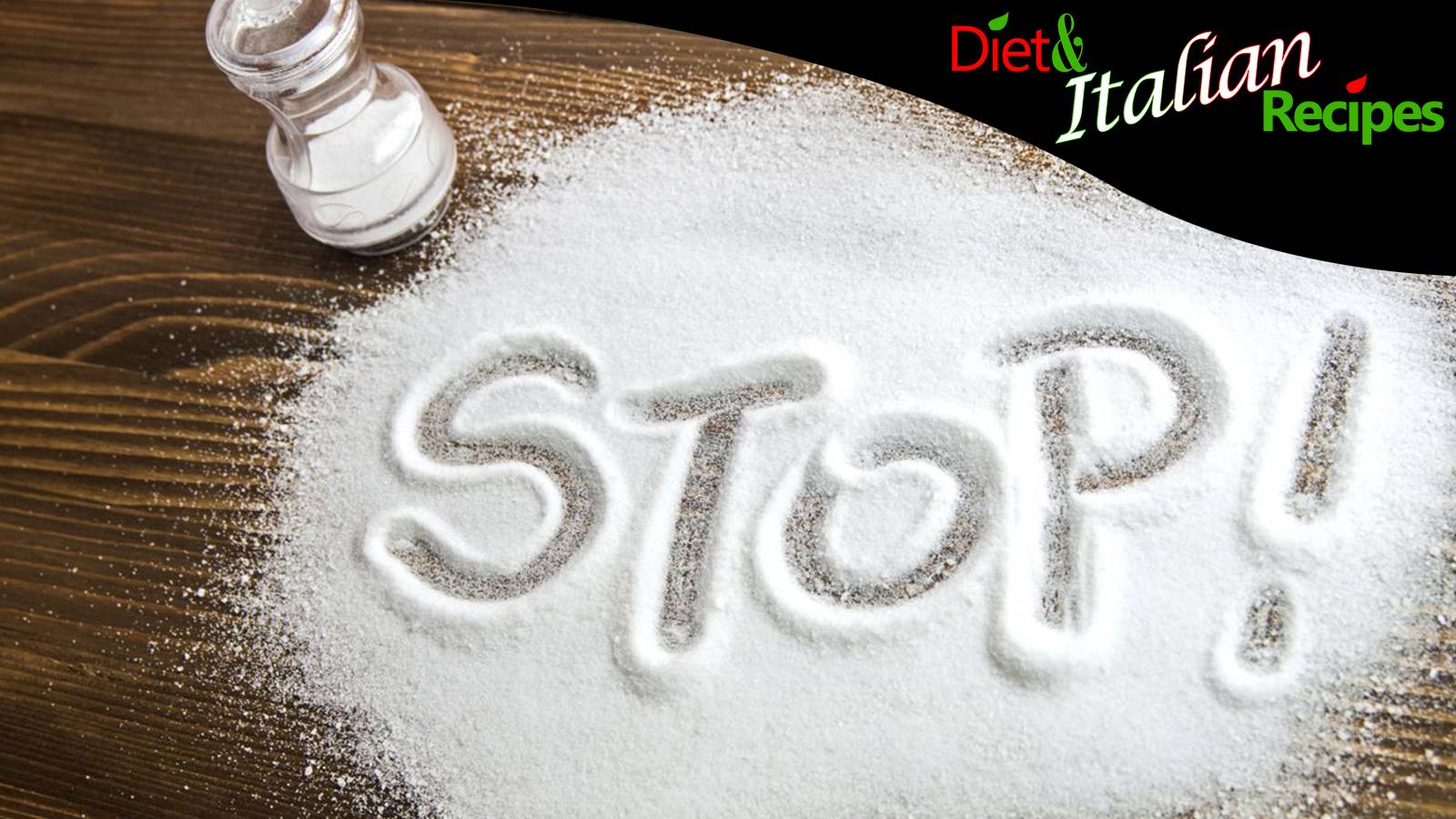
What to eat in a low-sodium diet
In a low-sodium diet, what to eat is a very important question: all non-low-sodium foods should be eliminated or reduced in the diet in favor of those foods naturally low in salt and sodium. Below are the recommended low-sodium foods for a low-salt diet:
- whole carbohydrates (whole wheat pasta, bread, and rice);
- fresh fish, especially blue fish (anchovies, sardines, mackerel, tuna, sand eel, bonito, herring, amberjack);
- dress with raw vegetable oils (extra-virgin olive oil, soybean oil, grape seed oil, walnut oil, flaxseed oil);
- low-sodium vegetables of all kinds, seasonal and preferably raw;
- refrigerated or frozen products are allowed;
- preferably drink only low-sodium water, with low sodium content.
A low-sodium diet is a diet low in sodium and salt. Self-discipline and a desire for well-being are necessary to be able to eat only low-sodium foods. Low-sodium diets are so beneficial for the body – if prescribed by a specialist – that they help fight hypertension, high cholesterol, overweight, and obesity.
Low-sodium diet: what not to eat
Bad habits have brought you to the limit, and now you will have to fight them one by one: in fact, the low-sodium diet you are considering involves eliminating foods that you previously included in your diet without thinking. Here’s what not to eat on a low-sodium diet:
- completely eliminate table salt, replacing it with other spices, herbs, and citrus zest;
- eliminate or reduce preserved foods (since sodium is a natural preservative):
- cured meats, aged cheeses, precooked foods, canned foods (such as tuna, or meat in jelly, or precooked legumes);
- avoid too many carbohydrate-rich foods such as starches, jams and preserves, and syrupy fruits;
- eliminate fatty meats and red meat;
- eliminate egg yolks;
- also eliminate saturated or hydrogenated fats;
- eliminate alcoholic beverages and wine with meals;
- drastically reduce coffee;
- fried foods.
All low-sodium diets involve the elimination of these foods, which are considered harmful to health. Some nutrition experts argue that minimizing or eliminating the habit of smoking from one’s lifestyle helps achieve greater benefits more quickly.
Example of a Low-Sodium Diet: What to Eat
An example of a low-sodium and low-calorie diet to help you achieve significant psychological and physical benefits. Once you have eliminated bad eating habits, here is an example of what you can eat for low-sodium breakfast, lunch, dinner, and snacks. Below are some suggestions for what you can prepare to follow this low-sodium diet example:
Low-Sodium Breakfast
- A cup of skim milk with a maximum of 30g of muesli.
- A low-fat yogurt with 30g of whole grain cereal and dried fruit.
- A cup of skim milk with 30g of muesli or, alternatively, whole grain cereal and dried fruit.
Low-Sodium Lunch
- Whole wheat pasta with low-sodium vegetables: for example, 80g of tomato pasta with 10g of parmesan, 5g of extra virgin olive oil, and a simple green salad on the side.
- Risotto made with 70g of whole grain rice, 100g of porcini mushrooms, 50g of radicchio, 5g of extra virgin olive oil, and 10g of parmesan.
- Soup made with dried borlotti beans and carrots, seasoned with 5g of oil and 10g of parmesan.
Low-Sodium Dinner
- A slice of fresh bluefish of your choice. Allowed 5g of raw extra virgin olive oil. Pair with a side of zucchini or a lightly dressed green salad. One slice of 25g of whole grain bread is permitted.
- Bluefish of your choice with a side of low-sodium eggplant or other low-sodium vegetables. One slice of 25g of whole grain bread is permitted.
- Grilled chicken breast of your choice with a side of raw fennel or other low-sodium vegetables. One slice of 25g of whole grain bread is permitted.
Low-Sodium Snacks
- An apple or an orange. Whole wheat biscuits.
- A pear or a kiwi. Whole wheat biscuits.
- A portion of winter melon. Whole wheat biscuits.
As you can tell, all these low-sodium dishes are prepared without adding salt to the seasoning. The good news is that you can use all the spices you prefer to season your dishes. Enhancing the taste of fresh and high-quality ingredients with spices is an art that you have the opportunity to master thanks to your low-sodium diet.
SHARE information about the low-sodium diet.
The information provided in the Diet and Italian Recipes articles is for INFORMATION ONLY and does not intend to replace the opinion of professional figures such as a doctor, nutritionist, or dietitian, whose intervention is necessary for the prescription and composition of personalized dietary therapies.
